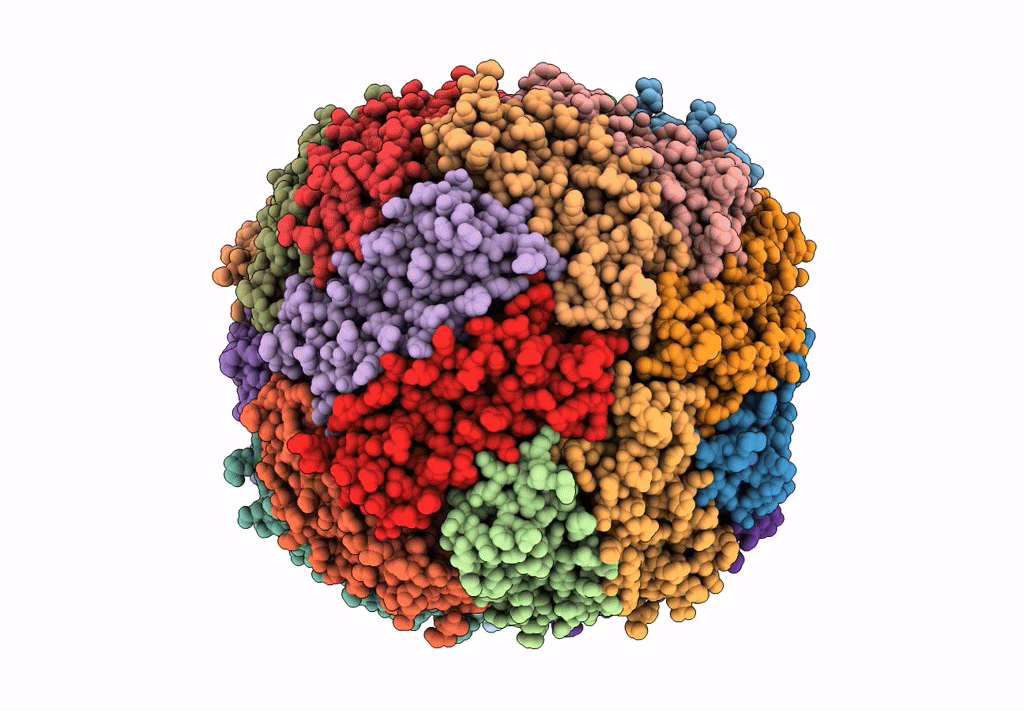
Deposition Date
2023-03-03
Release Date
2023-03-15
Last Version Date
2023-11-22
Entry Detail
PDB ID:
8CPW
Keywords:
Title:
Human apoferritin after 405 nm + 488 nm laser exposure in presence of rsEGFP2
Biological Source:
Source Organism:
Homo sapiens (Taxon ID: 9606)
Host Organism:
Method Details:
Experimental Method:
Resolution:
1.79 Å
Aggregation State:
PARTICLE
Reconstruction Method:
SINGLE PARTICLE


